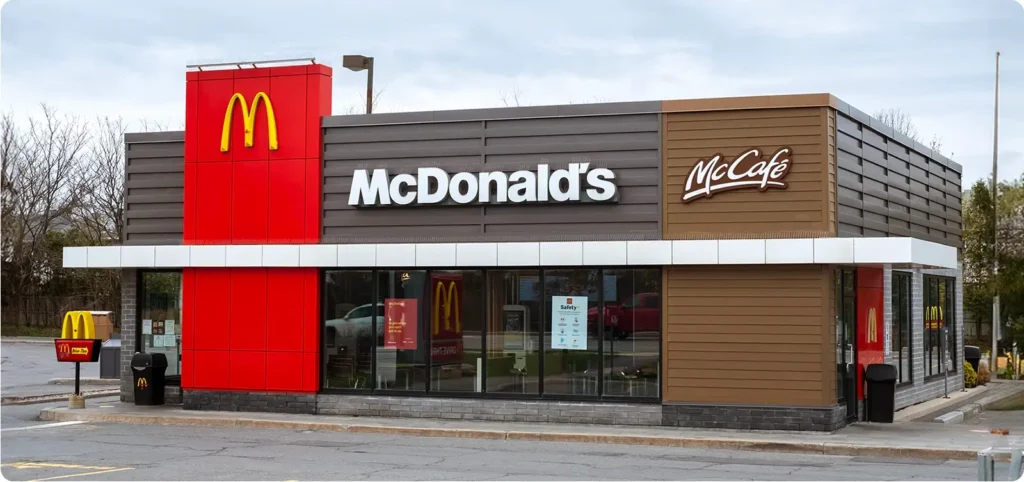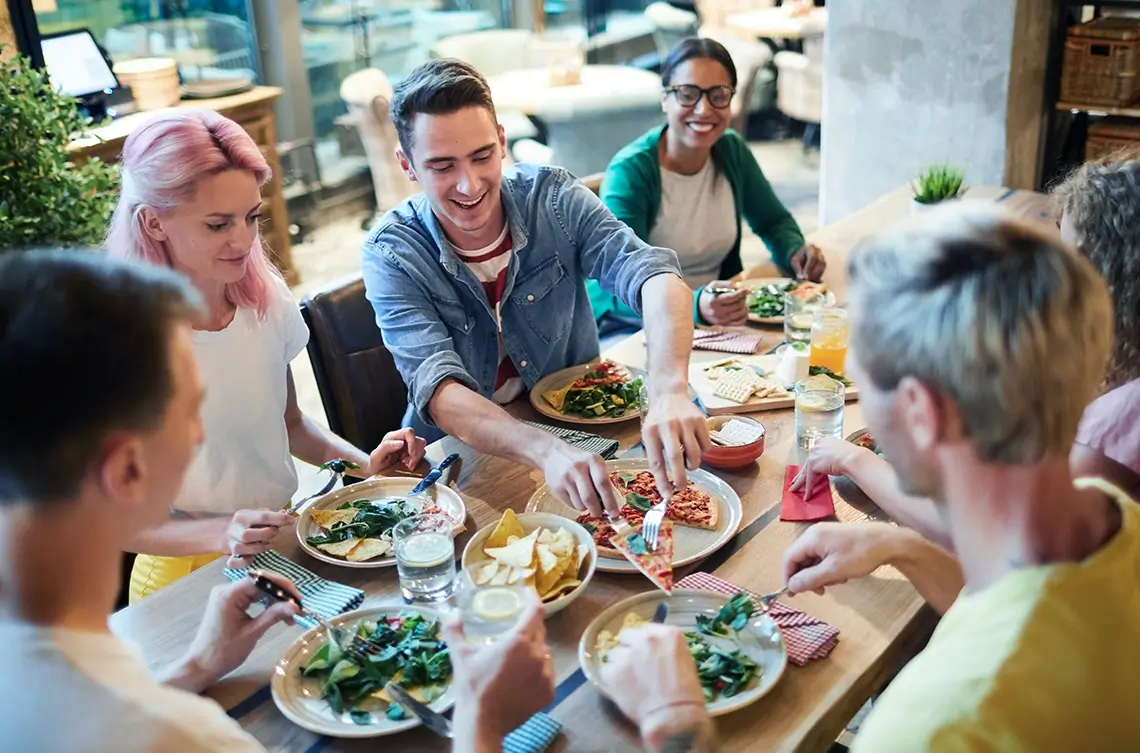In the restaurant industry, knowing the secrets behind profitable restaurants is key for restaurant leaders aspiring to grow their business. The key to profitability isn’t just about serving great food; it’s about learning and using strategies that boost efficiency, enhance customer experience, and add technology to streamline operations. Here, we’ll explore what makes a restaurant profitable, successful practices of high-earning establishments, and examine the role of innovative technologies like artificial intelligence and text ordering in boosting profits.
Understanding Restaurant Profit
Before we dive into the strategies, let’s establish what we mean by restaurant profit. Essentially, it’s the financial gain a restaurant achieves after subtracting all its expenses from the revenue. This includes costs like ingredients, labor, rent, utilities, and marketing. A profitable restaurant not only covers these costs but also generates surplus revenue, contributing to its growth and stability.
In a previous blog, we explained how to calculate profit margin, an important metric for restaurant leadership to understand. We also covered the average restaurant profit margin, so you can see how you stack up.
Real Examples of Profitable Restaurants’ Strategies
Embracing Artificial Intelligence
Artificial Intelligence (AI) is revolutionizing restaurant operations. For instance, McDonald’s acquisition of Dynamic Yield in 2019 allowed them to use AI to suggest more items to customers. This technology considers various factors such as:
- Time of Day: Breakfast menus during morning hours, or late-night snack options.
- Weather Conditions: Offering McFlurry on a hot day or coffee on colder days.
- Trending Items: Showcasing popular items or seasonal specials.
- Current Restaurant Traffic: Suggesting items that can be prepared quickly during busy periods to reduce service time.

The impact of this technology was significant. McDonald’s reported an increase in the average order size at drive-thrus using this AI system. This was largely attributed to the system’s ability to make smart, custom suggestions to customers, leading to additional purchases they might not have otherwise considered.
Advancing with Text Ordering and Digital Platforms
The integration of technology in ordering systems is evident in brands like Domino’s. Their ‘AnyWare’ technology allows customers to order via text, smartwatch, and even social media platforms. This convenience in ordering has been a significant factor in their sales growth, as reported in their annual financial results. With AnyWare, Domino’s saw:
- Increased Sales: By making the ordering process incredibly convenient and accessible from multiple platforms, Domino’s has seen a significant increase in sales. In fact, digital sales now account for a substantial portion of the company’s total revenue.
- Customer Data Collection: The digital platform allows Domino’s to collect valuable customer data, letting them personalize marketing efforts, improve customer service, and tailor the menu.
- Operational Efficiency: Digital orders are typically more accurate, reducing errors and improving overall operational efficiency. This also allows staff to focus more on food preparation and less on taking orders.
- Innovative Marketing: Domino’s use of technology has also been a powerful tool in their marketing strategy. The novelty and convenience of ordering via text or social media have generated significant media attention and customer interest.

Optimizing for Takeout and Delivery
With the rise of delivery services like Uber Eats and Grubhub, many restaurants are redesigning their operations to cater to this trend. Chipotle, for example, has invested in ‘Chipotlanes’, which are drive-thru lanes specifically for picking up digital orders, significantly boosting their digital sales. They began testing the concept in 2019, and by November 2022, Chipotle had opened its 500th Chipotlane. Not only does this save time for customers, but it also saves time for staff.
Blending Convenience & Connection
Starbucks has effectively harnessed mobile technology with its Mobile Order & Pay feature. This app-based ordering system not only streamlines operations but also enhances customer convenience, contributing significantly to their sales. In addition, using push notifications and offering rewards to loyal customers helps keep them coming back for more.
Replicable Strategies for Boosting Profits
- Better Menu Design: Profitable restaurants often use data-driven approaches to optimize their menu design. This involves analyzing sales data to identify high-margin items and placing them strategically on the menu to encourage sales.
- Effective Cost Management: Keeping a close eye on food and labor costs is crucial. Implementing inventory management software and scheduling staff based on demand can significantly reduce wastage and unnecessary labor costs.
- Leveraging Social Media Marketing: Social media is a powerful tool for engaging with customers and attracting new ones. Successful restaurants create visually appealing content and engage in interactive campaigns to build a loyal customer base.
- Focus on Customer Experience: Enhancing the dining experience can turn a one-time visitor into a regular customer. This can be through exceptional service, a unique ambiance, or personalized interactions.
- Sustainable Practices: More consumers are leaning towards eco-friendly businesses. Implementing sustainable practices, such as sourcing local ingredients or reducing waste, not only appeals to this demographic but can also reduce operational costs.
- Regular Training and Development: Investing in staff training makes sure your team is efficient, knowledgeable, and able to deliver great service, directly impacting customer satisfaction and repeat business.

Using Profitable Restaurants’ Strategies
The most profitable restaurants are the ones that always adapt to changing market trends and consumer preferences. Adding tech like AI and text ordering for restaurants, focusing on operational efficiency, and having a great customer experience are key to profitability in the restaurant industry. By using these strategies, restaurant leaders can not only boost their profits but also build a sustainable and thriving business.
Want to learn more about AI-powered text ordering? Get a demo of HazlVoice: Pro now!
This guide is a starting point; it’s important to tailor these strategies to fit the unique context of your restaurant. The key is in constant adaptation and striving for improvement in this competitive industry.






